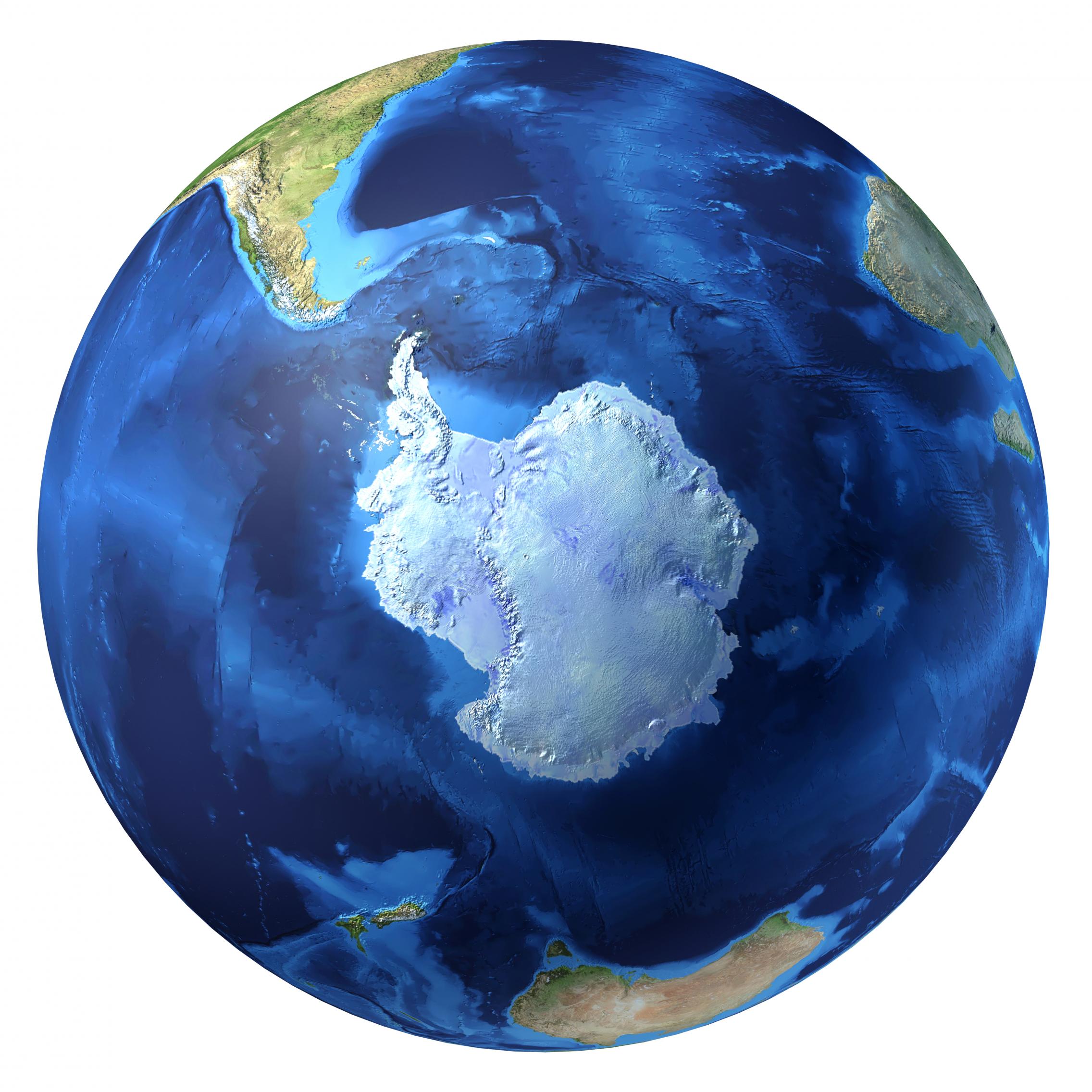
The Federal Government has awarded $36 million to the 'Securing Antarctica's Environmental Future' (SAEF) research program, under the Australian Research Council's Special Research Initiative for Excellence in Antarctic Science.
The University of Adelaide is one of multiple partners in the SAEF program, which is led by Monash University.
Change in Antarctica and the Southern Ocean is occurring rapidly, with significant implications for its landscapes, resources and influence on Australia.
In response, the SAEF program, will deliver world-leading research that will forecast environmental change across the Antarctic, deploy effective environmental stewardship strategies, and secure Antarctica as a natural reserve devoted to peace and science.
"Increased tourism and trade, and warmer conditions, means there is an increased risk of new pests and disease being successfully introduced to the Antarctic," Dr Phill Cassey, University of Adelaide's School of Biological Sciences and Chief Investigator
SAEF will be directed by Professor Steven Chown, from Monash University's School of Biological Sciences. Professor Chown is also the President of the international Scientific Committee for Antarctic Research and Program Lead for Sustainable Development at Monash.
"This is a critical investment in the future of Antarctica and the Southern Ocean," Professor Chown said.
"In a world of rapidly changing environments and geopolitical realities our work will be transformational in the insights and advantages it provides.
"SAEF will ensure Australia's global leadership in the Antarctic, delivering unprecedented current and future research capability for securing the Antarctic."
Phill Cassey from the University of Adelaide's School of Biological Sciences is a Chief Investigator in the program. He says he'll be investigating the risk of invasive alien species to Antarctica and the Southern Ocean, and biosecurity planning in order to protect Antarctica well into the future.
"Increased tourism and trade, and warmer conditions, means there is an increased risk of new pests and disease being successfully introduced to the Antarctic," Dr Cassey said.
"Human activity in the region is increasing; with novel biosecurity risk through increased infrastructure, development and research exploration.
"We need to map out which transport pathways pose the greatest risk of introducing new pests and diseases to the area, and rank the activities to abate these threats in order of importance."
Dr Cassey says while the 2020-2021 field season in Antarctica has been cancelled due to COVID-19, he plans to travel to the Southern Islands when seasonal travel is again possible.
"COVID-19 may be slowing the world a little for now, but I look forward to getting on the ground and to helping protect Antarctica from future biosecurity threats," he said.
"This research will contribute to planning for the next 50 years and it's enormously exciting to be a part of that."
Other members of the SAEF joint program include the Queensland University of Technology, University of Wollongong, University of New South Wales, James Cook University, the Western Australian Museum, and the South Australian Museum, and with peak industry bodies, notably the Australian Antarctic Division, and Geoscience Australia, Australian Nuclear Science and Technology Organisation, and the Bureau of Meteorology.
SAEF's collaboration extends to 30 organisations in Australia and abroad, including links with the Antarctic national programs of Chile, Norway, South Africa and the UK, and with the Department of Conservation in New Zealand.






